Eurasian African Bird Migration Atlas spreads its wings
01 Jun 2022
The arrivals and departures of summer migrants and winter visitors hint at the incredible migratory journeys undertaken by many familiar birds, but the detail of these journeys has only been revealed through the efforts of those volunteers and researchers fitting rings and tracking devices over many decades.
The online Migration Atlas covers the huge geographical area represented by two continents, encompassing the flyways between Eurasia and Africa, and maps data for over 300 bird species gathered by European Ringing Schemes over more than a century and collated by the EURING databank.
Below: Yellowhammer Migration Atlas map
The results of these efforts have just been made accessible online, through the Eurasian African Bird Migration Atlas, to anyone wanting to explore the migration and movements of European birds.
This online atlas, funded by the Italian Government with support from the Convention on the Conservation of Migratory Species and the Institute of Avian Research in Germany, provides interactive maps showing the movements of 300 species. All the maps are accompanied by interpretive texts and supporting statistics, written and edited by an international team of migration experts. The web application delivering this incredible wealth of information was developed by staff in the BTO’s Information Systems Team, leveraging data on the movements of ringed birds (coordinated by EURING) and those fitted with other tracking devices (coordinated by Movebank).
The movement data can be viewed in many ways, from exploring seasonal patterns to viewing differences between birds of different age. The tracking data, which are available for certain species, extend our knowledge of movements to more poorly studied areas. Such data are of particular value for species such as Turtle Dove and Cuckoo, where existing ring-recoveries are insufficient to tease out wintering areas in remote parts of Africa. Being able to highlight differences in the movements, and wintering areas, of individuals from different parts of their European breeding range means that researchers can identify the sites and habitats that are important, and to support policy decisions (such as the designation of protected areas).
The online maps are part of a wider project which also includes four research modules exploring migratory connectivity, changes in migration patterns, and the effects of hunting on migrant birds. There is no doubt that the atlas will be an invaluable tool for researchers and others for many years to come. The beauty of this approach is that, being online, the underlying datasets can be updated on a regular basis, enabling new information to be brought to the fore for use by researchers.
The scale of this project, both in terms of the datasets involved and the different organisations working together, reinforces the value in partnership working across the scales at which migratory bird populations operate. Bringing these data and partnerships together online, extends their value even further, enabling others to explore and use the information that has been collected by thousands of volunteers and researchers.


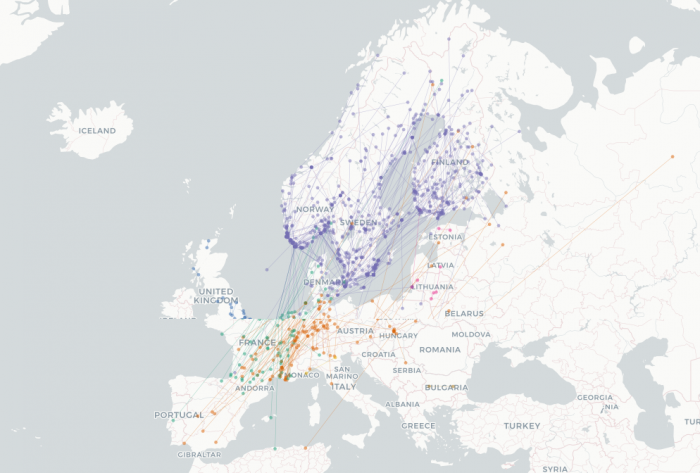

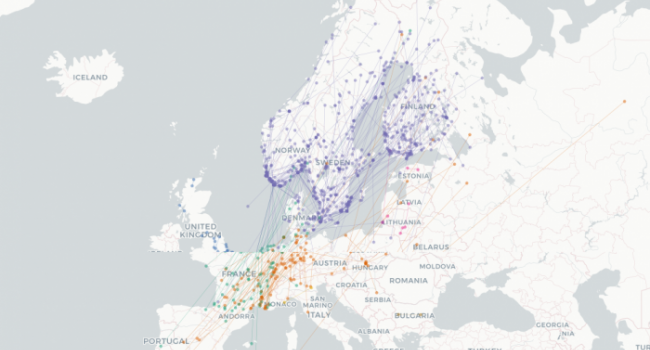
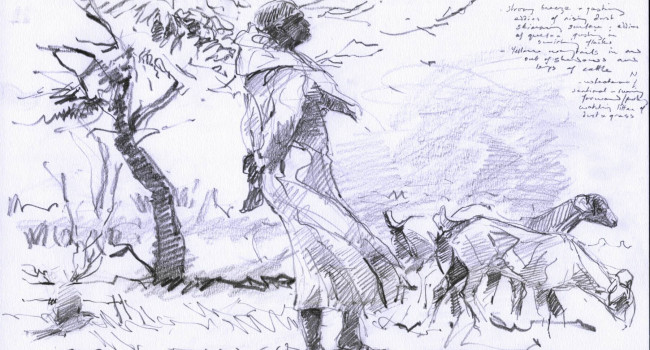
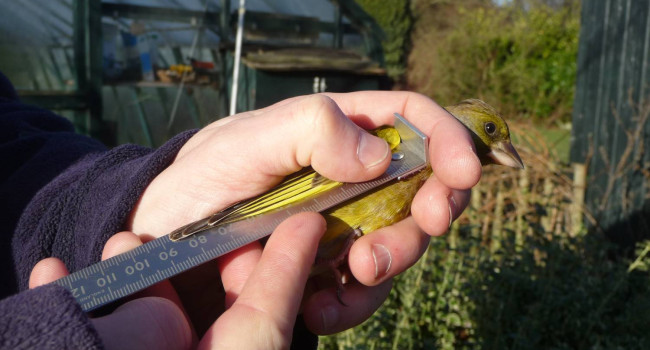

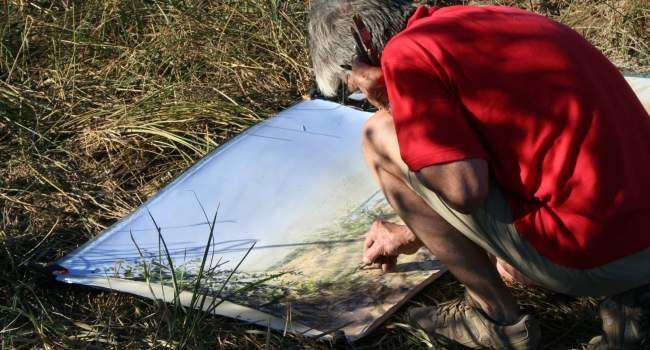
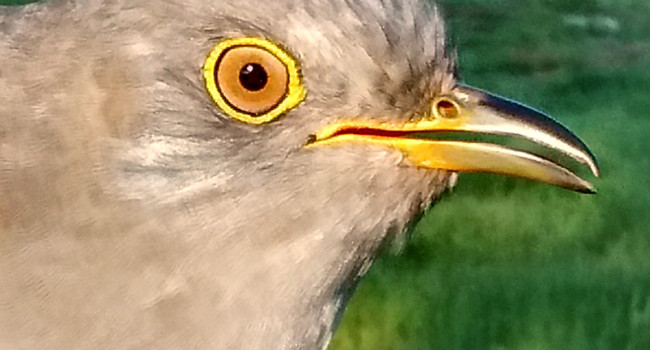

Share this page